Multiple Myeloma and Autologous Stem Cell Transplant
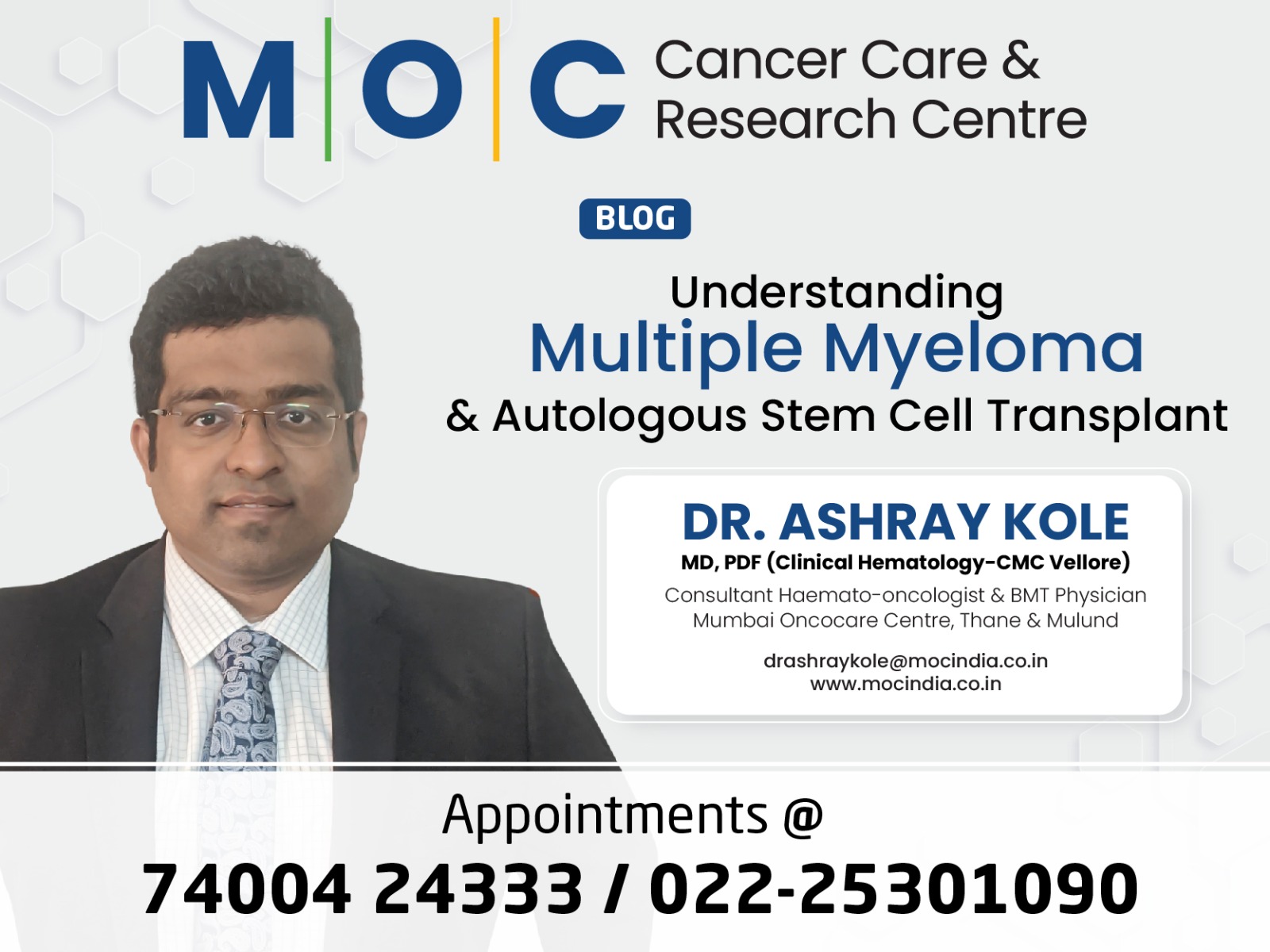


Multiple myeloma, a complex blood cancer that affects plasma cells, remains a formidable medical challenge. Among the arsenal of treatments, autologous stem cell transplant (ASCT) stands out as a powerful intervention. In this exploration, we delve into multiple myeloma, ASCT, and related nuances, providing insights to help you grasp the science behind these concepts.
Q&A:
1. What is multiple myeloma?
Multiple myeloma is a hematologic malignancy that originates in plasma cells, specialized white blood cells essential for immune function.
2. What causes multiple myeloma, and who is most affected?
The exact etiology is uncertain, but genetic predisposition and environmental factors may contribute. Multiple myeloma primarily afflicts older adults, with a median diagnosis age of approximately 65. It is somewhat more prevalent in men than women.
3. What are the common symptoms of multiple myeloma?
Symptoms encompass bone pain, fatigue, frequent infections, kidney impairment, unexplained weight loss, and an elevated risk of fractures due to weakened bones.
4. How is multiple myeloma diagnosed?
Diagnosis necessitates a multifaceted approach, including blood tests, bone marrow analysis and advanced imaging modalities such as MRI and PET scans. Early detection is paramount for timely intervention.
5. What are the available targeted and immunotherapies in multiple myeloma?
Targeted therapies like proteasome inhibitors (e.g., Bortezomib, Carfilzomib), immunomodulatory drugs (e.g., Lenalidomide) and monoclonal antibodies (e.g., Daratumumab) have revolutionized multiple myeloma treatment. Additionally, immunotherapies, including CAR-T cell therapy, are emerging as promising options, offering patients more tailored and effective treatments.
6. Why is an autologous stem cell transplant (ASCT) needed for multiple myeloma?
ASCT becomes necessary in patients who have responded well to the above treatments but will need further consolidation therapy. ASCT is established as an efficacious treatment option. It significantly improves overall survival with approximately 50% to 70% of patients enjoying extended life, often spanning years to a decade or more. Similarly, roughly 40% to 60% experience elongated periods without disease progression, improving their quality of life.
7. How does ASCT work?
ASCT involves the retrieval and storage of a patient's healthy stem cells. Subsequently, high-dose chemotherapy is administered to eradicate cancer cells. Finally, the stored stem cells are reintroduced to restore the patient's immune system.
8. Who is a candidate for ASCT in multiple myeloma?
ASCT is typically indicated for relatively younger and healthier patients who have favorably responded to initial treatments but may require further consolidation therapy.
9. What are the potential risks of ASCT, and are there long-term side effects?
ASCT carries inherent risks like infection, fatigue, and hematological complications. Long-term effects may encompass a heightened susceptibility to infections and potential organ damage. Despite these concerns, ASCT remains a valuable option due to its benefits in achieving deep remission.
Conclusion:
Understanding multiple myeloma and ASCT along with the expanding landscape of targeted and immunotherapies, empowers patients and their families to make informed decisions. While the path may be daunting, advancements in medical science offer hope for improved outcomes and a better quality of life. If you or a loved one faces multiple myeloma, consulting with haematologist will aid in crafting a personalized treatment strategy, bringing you closer to a brighter future.
Dr. Ashray Kole
MD, PDF (Clinical Haematologist)
Mumbai Oncocare Centre, Thane & Mulund
Latest Blogs
-
![World Immunisation Week: Preventing Cervical Cancer with HPV Vaccination]()
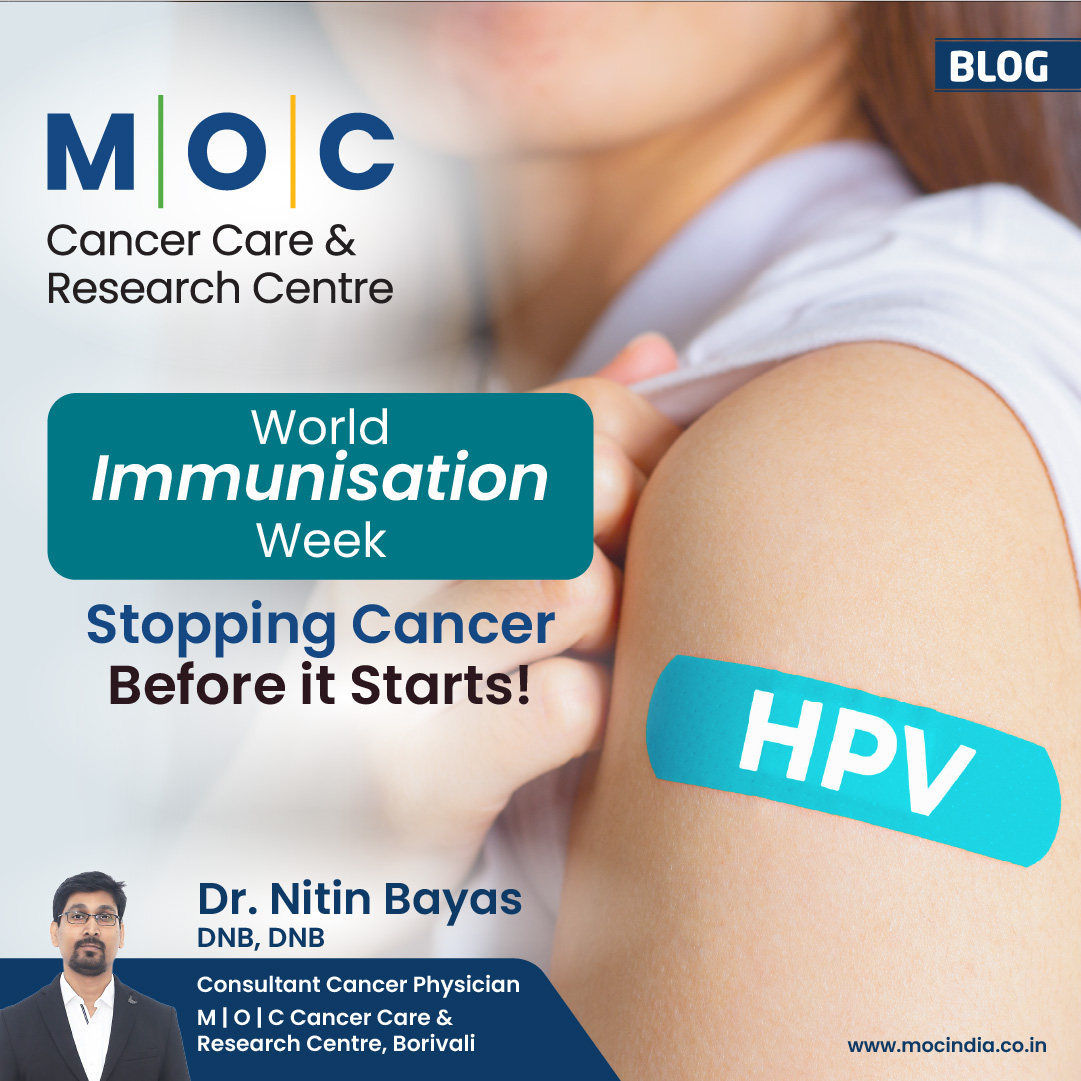
- 21st Apr, 2025
- World Immunisation Week: Preventing Cervical Cancer with HPV Vaccination
-
![Esophageal Cancer in Rural India: A Rising Threat]()
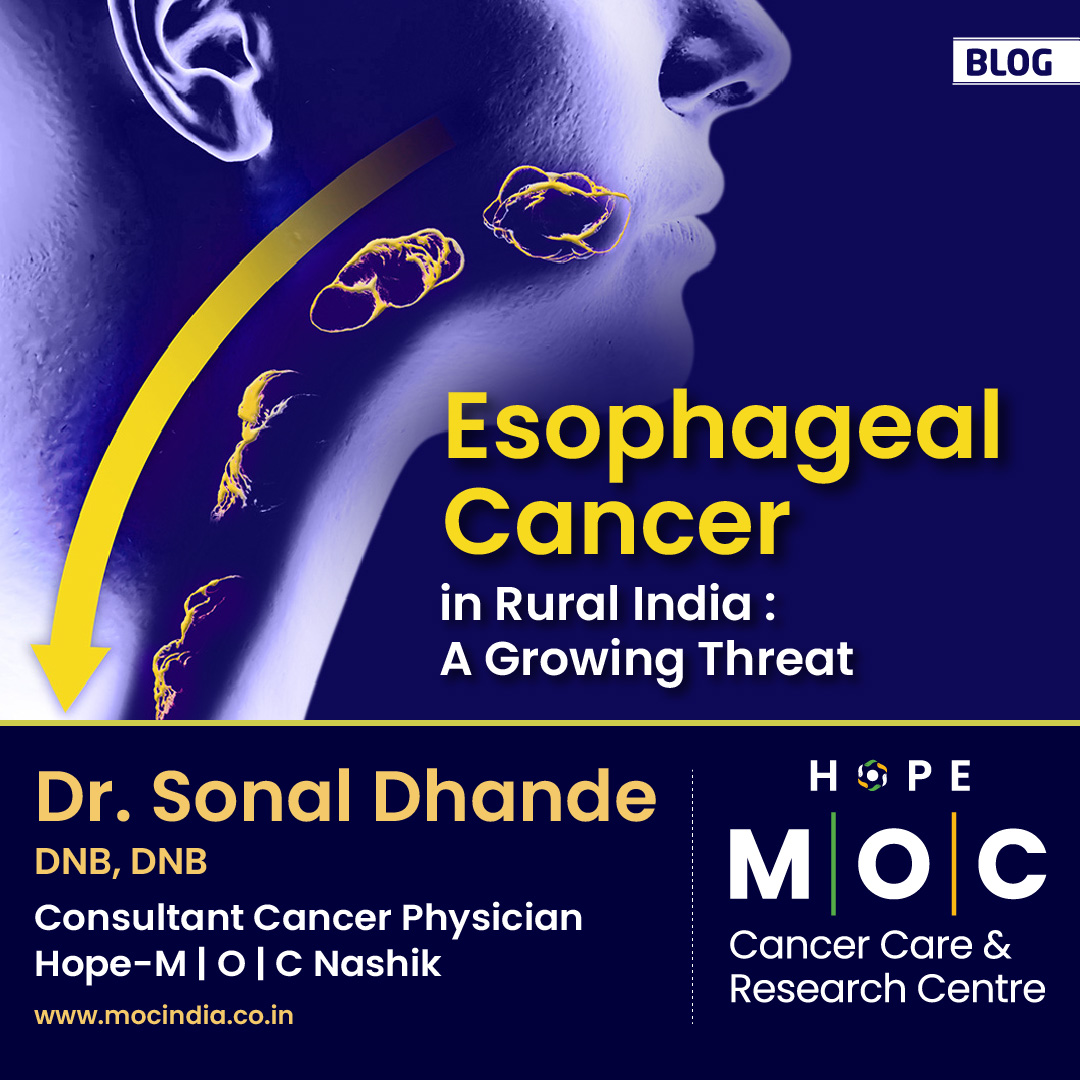
- 15th Apr, 2025
- Esophageal Cancer in Rural India: A Rising Threat
-
![Why Indians Need to Take Prostate Cancer More Seriously? An Oncologist's Opinion]()
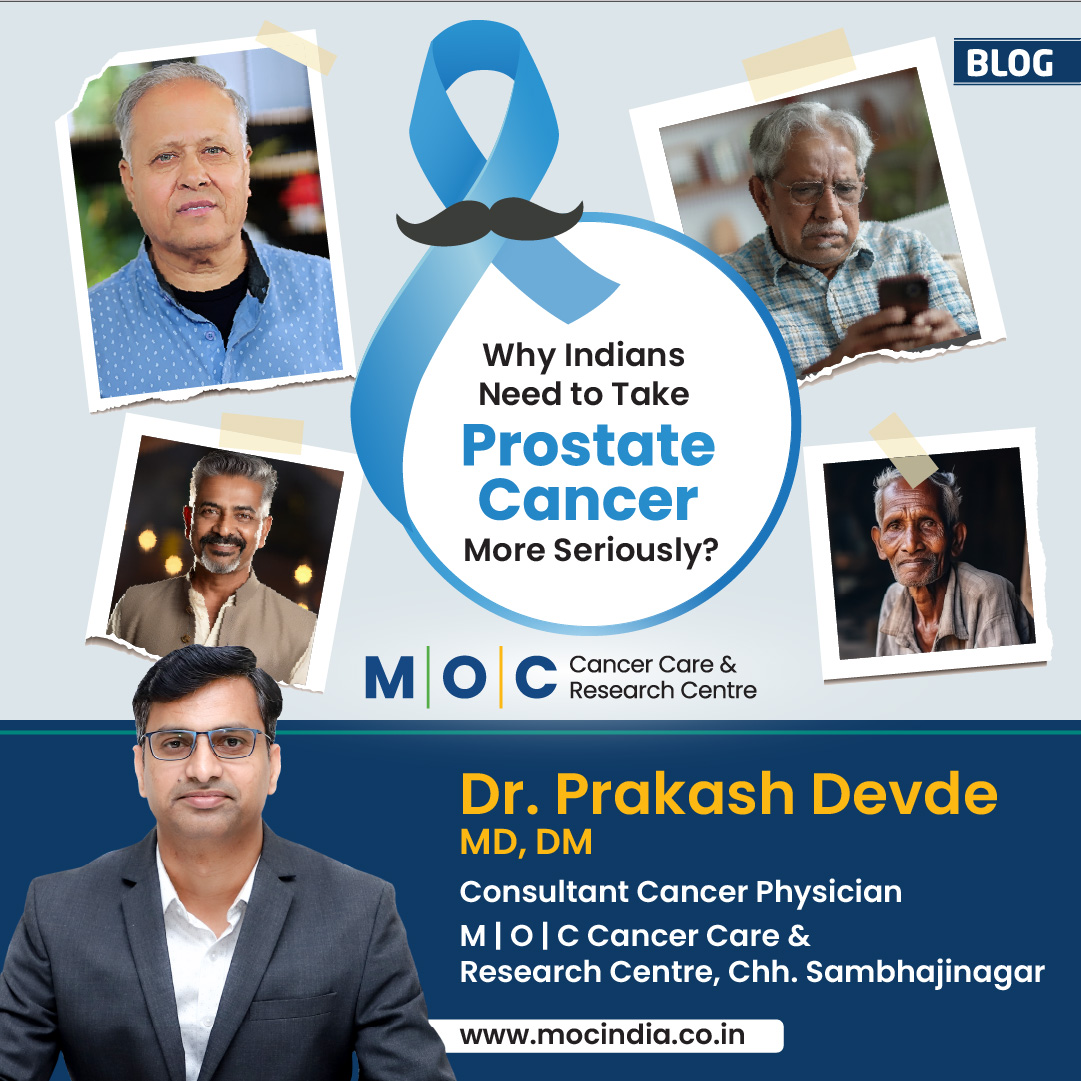
- 20th Mar, 2025
- Why Indians Need to Take Prostate Cancer More Seriously? An Oncologist's Opinion
-
![Women’s Day: A Call for Action Against Women’s Cancers in India.]()
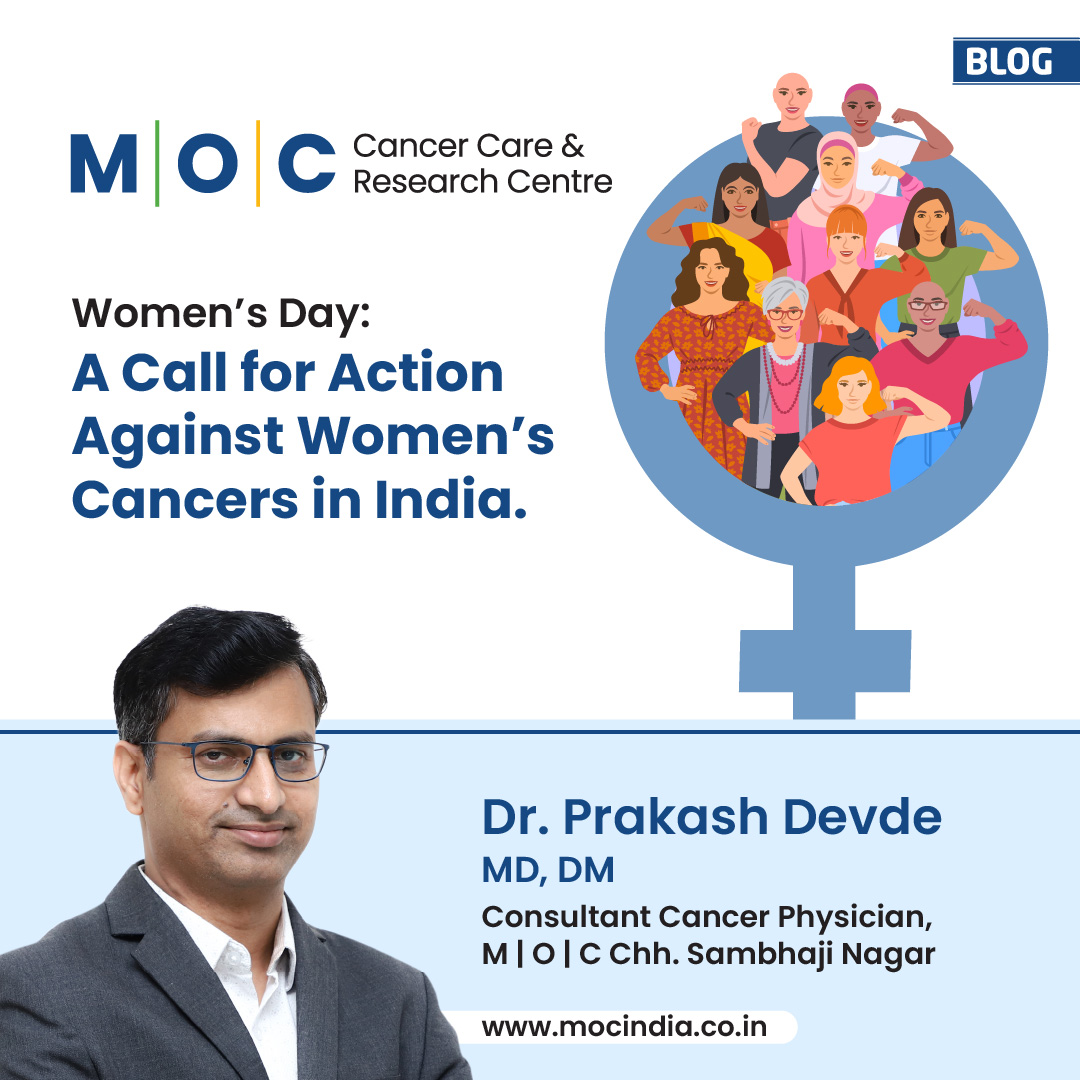
- 10th Mar, 2025
- Women’s Day: A Call for Action Against Women’s Cancers in India.
-
![A Unique Perspective on Women and Cancer- A Food for Thought]()
.jpg)
- 3rd Mar, 2025
- A Unique Perspective on Women and Cancer- A Food for Thought
-
![Bridging Hope and Equity for Young Warriors this International Childhood Cancer Day]()
.jpg)
- 18th Feb, 2025
- Bridging Hope and Equity for Young Warriors this International Childhood Cancer Day
Book Your Appointment








